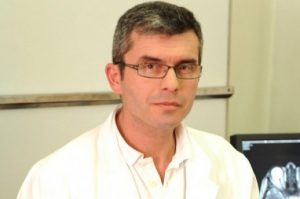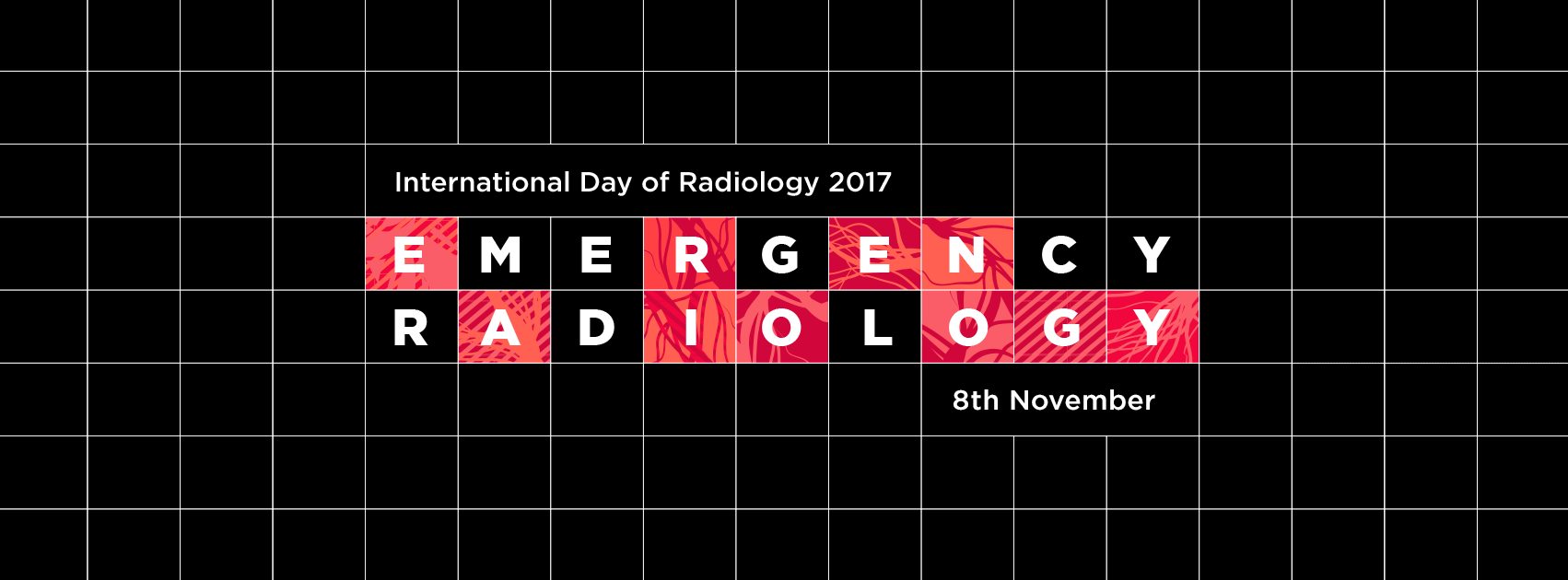Croatian hospital study showed ultrasound requests doubled and CT requests tripled in 10-year period, says Rijeka-based specialist
This year, the main theme of the International Day of Radiology is emergency radiology. To get some insight into the field, we spoke to Prof. Damir Miletić, head of the radiology department at the Clinical Hospital Centre in Rijeka, Croatia.
European Society of Radiology: Could you please describe the role of the radiologist in a typical emergency department in your country?
Damir Miletić: Radiologists are involved with the majority of patients admitted to the emergency department because most adult patients require radiology services as part of their treatment. Sometimes we wonder if all these cases really are emergencies. However, during a busy shift, we don’t have time to check the indication, particularly for conventional radiography. We notice that proper clinical examinations are sometimes not only supplemented with, but often replaced with imaging and blood tests. That is magnified when the emergency department workload overwhelms the staff’s capacity. We encounter ‘defensive medicine’ in some clinical scenarios, but in emergency radiology, it is more evident than in other radiology specialties. Radiologists are imaging consultants for cross-sectional imaging indications like CT, MR or ultrasound in emergency settings because referring physicians are required to contact the radiologist to briefly explain their requests. Conventional radiography, however, does not usually require a radiologist’s approval.

Prof. Damir Miletić is an abdominal radiologist who is head of the radiology department at the Clinical Hospital Centre in Rijeka, Croatia; and chairman of radiology at the medical faculty at the University of Rijeka.
ESR: What does a typical day in the emergency department look like for a radiologist?
DM: A typical day for a radiologist in our country varies with the size of the hospital and its spectrum of specialty departments. In some hospitals, that means 20 patients per 12-hour shift. However in others, that number may increase up to 80 to 120 patients, including 10 to 15 CT scans and 5 to 10 ultrasound examinations. In hospitals with 24-hour shifts, that may be exhausting for radiologists and residents. In Croatian hospitals, interventional and paediatric radiologists have daily or weekly on-call duties. A pilot study in the Croatian university hospital revealed that ultrasound requests doubled and CT requests tripled within the 10-year follow-up, while the number of patients admitted to the emergency department is held constant. That study clearly shows a significant increase in cross-sectional diagnostics per emergency patient.
ESR: Teamwork is crucial in an emergency department. How is this accomplished in your department and who is involved?
DM: A typical radiology team in the emergency-radiology department includes a radiologist, a resident and a radiology technologist. During day shifts, they take care of emergency patients and synchronise emergency examinations with those of regularly scheduled patients. Frequently, experts in various radiology specialties are consulted and, when necessary, directly involved in problem-solving. They enrich quality of our radiological service, particularly when postoperative complications are suspected or in complex interdisciplinary cases. Overnight and weekend shifts are completely different because radiologists and residents are dealing with the whole spectrum of radiological emergencies. In paediatric emergencies, clinicians frequently follow their patients to radiology to attend the examination. This is also the case for adult patients who present with life-threatening emergencies and for patients who require a CT examination due to polytrauma.
